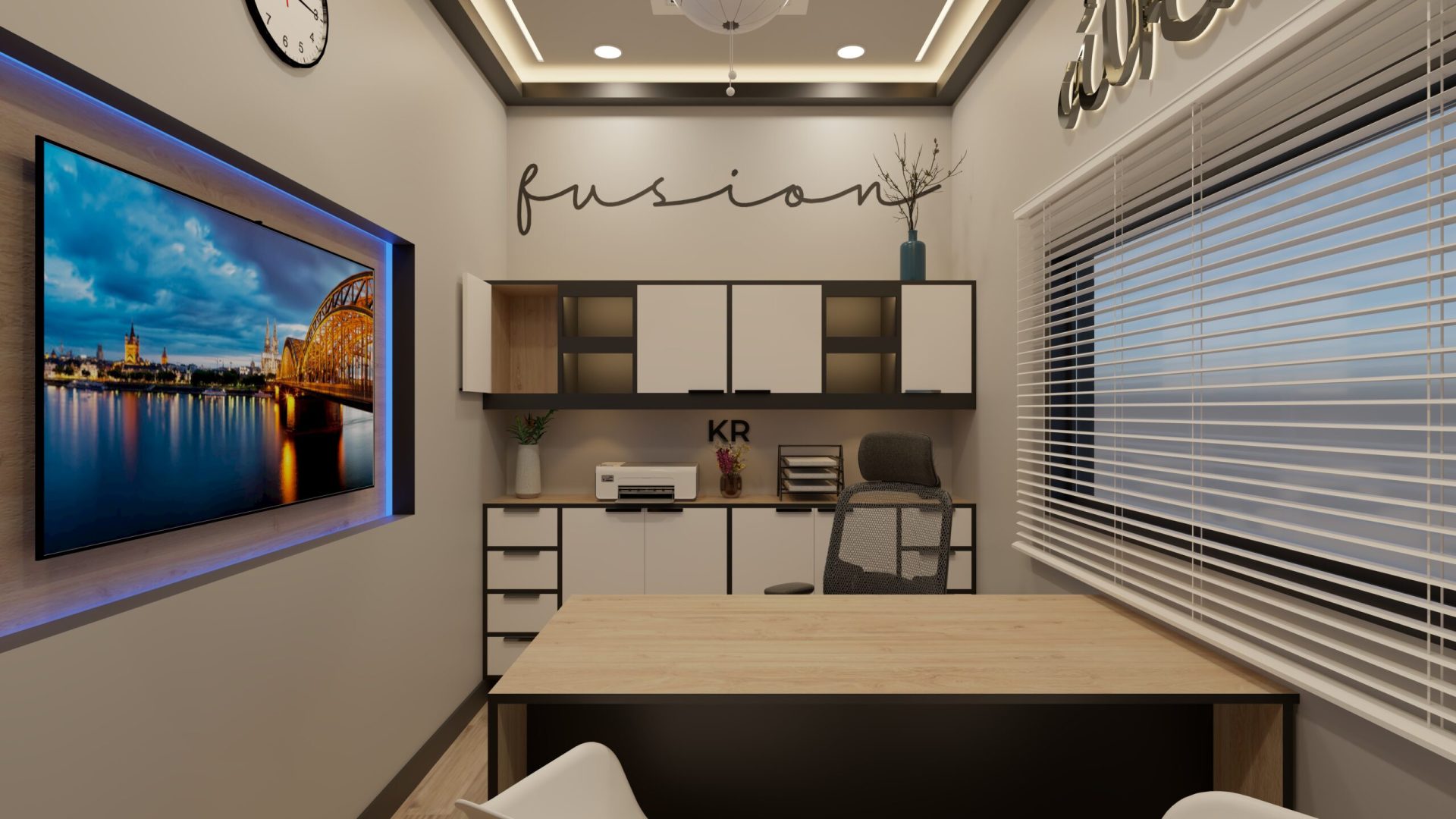Lighting is more than just a functional aspect of interior design; it’s a transformative element that can set the mood, enhance aesthetics, and influence how we experience a space. Proper lighting can highlight architectural features, create ambiance, and even affect our emotions and productivity. In this comprehensive guide, we delve into the importance of lighting in interior design and offer insights into how you can use it to elevate your spaces.
Understanding Different Types of Lighting
To master interior lighting, it’s essential to understand the three main types: ambient, task, and accent lighting. Ambient lighting provides overall illumination and sets the general tone for a space. Task lighting is focused on specific areas where activities such as reading or cooking occur. Accent lighting is used to highlight features like artwork, plants, or architectural elements. Each type plays a distinct role and, when combined effectively, creates a well-balanced lighting scheme.
Creating Ambiance with Ambient Lighting
Ambient lighting is the foundation of any lighting design. It ensures that spaces are uniformly lit and can be achieved through various fixtures like ceiling-mounted lights, chandeliers, or recessed lighting. When designing for ambiance, consider the intensity and color temperature of the light. Warm light creates a cozy, inviting atmosphere, while cooler light can make spaces feel more modern and energetic. Dimmers can also be added to control the light level and adapt the mood of the room as needed.
Enhancing Functionality with Task Lighting
Task lighting is crucial for areas where focused light is needed for activities. This includes desk lamps for workspaces, under-cabinet lights in the kitchen, or reading lights next to a chair. Proper task lighting reduces eye strain and improves the functionality of these spaces. When choosing task lighting, ensure it provides adequate illumination without creating harsh glares or shadows. Adjustable fixtures can offer flexibility to direct light exactly where it’s needed.
Adding Drama with Accent Lighting
Accent lighting is used to draw attention to specific features within a room. This could be highlighting a piece of art, a textured wall, or a beautiful plant. Spotlights, wall washers, and track lighting are common choices for accent lighting. The key is to create contrast and focus on the elements you want to showcase. Accent lighting not only adds visual interest but also adds depth and dimension to your interior design.
Energy-Efficiency and Sustainability
With growing awareness of environmental impact, energy-efficient lighting solutions are becoming increasingly popular. LED lights are a top choice due to their longevity and low energy consumption. They come in various color temperatures and can be used in all types of lighting applications. Incorporating smart lighting systems allows for greater control over energy use and can be programmed to adjust based on time of day or occupancy. Sustainable lighting choices contribute to both cost savings and environmental responsibility.
Integrating Smart Lighting Solutions
Smart lighting technology offers convenience and customization that traditional lighting cannot match. With smart bulbs and systems, you can control the lighting remotely through apps or voice commands. Features such as color-changing options and programmable schedules allow you to adapt the lighting to different activities or moods. Integrating smart lighting into your design can enhance both functionality and modern appeal.
Lighting for Different Spaces
Each space in a home or commercial environment has unique lighting needs. In living rooms, layered lighting with a mix of ambient, task, and accent lights creates a versatile environment. Kitchens benefit from bright, focused task lighting and under-cabinet illumination. Bathrooms require both general lighting and task lighting at mirrors. In offices, adjustable task lighting and ambient light that reduces glare are essential for productivity. Tailoring your lighting approach to each space ensures functionality and comfort.
The Impact of Lighting on Mood and Well-being
Lighting significantly impacts mood and well-being. Natural light is known to boost mood and productivity, so maximizing daylight through windows and skylights is beneficial. In contrast, harsh or inadequate lighting can cause discomfort and fatigue. By carefully considering the type and placement of lighting, you can create spaces that enhance emotional well-being and promote a positive atmosphere.
In conclusion, The importance of lighting in interior design cannot be overstated. It’s a fundamental element that affects the functionality, aesthetics, and ambiance of any space. By understanding the different types of lighting and how they can be used effectively, you can create environments that are not only visually appealing but also enhance comfort and usability.
For expert guidance in achieving the perfect lighting design for your space, The Shape Interiors is the best for Interior Design Consultancy & 3D Modelling services for both Residential & Commercial Spaces. Founded in 2017 by Kazim Ratnani, The Shape Interiors offers bespoke designs that go beyond expectations. We provide 360 renders to ensure every detail of your lighting design aligns with your vision. Our commitment to 100% client satisfaction reflects our dedication to creating environments that resonate with your needs and aspirations.
Ready to illuminate your space? Contact us on WhatsApp via the icon at the bottom right of our website and let’s bring your lighting vision to life!

